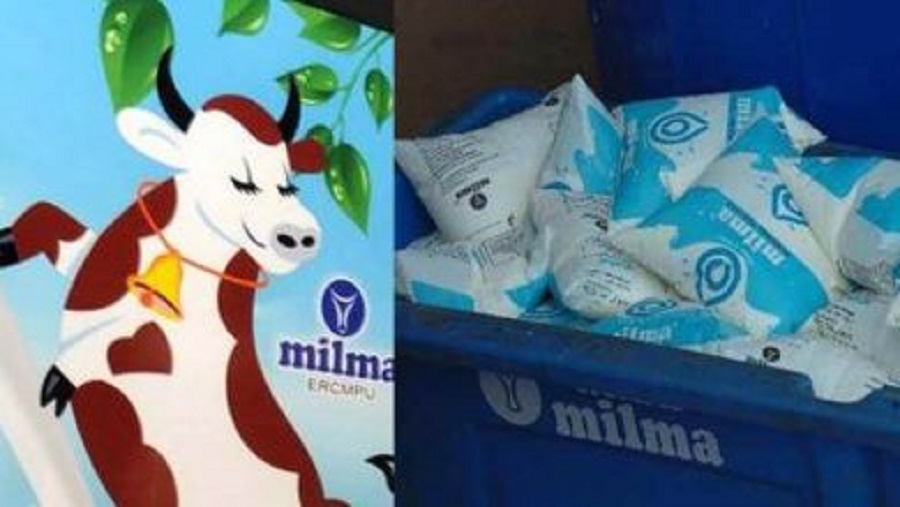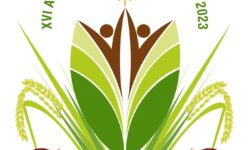KOCHI:
Dairy farmers must take extra care of cattle during the monsoon that is coming after the 2018 floods which ravaged the state, according to Kerala Feeds Ltd.
The Irinjalakuda-headquartered PSU has come out with a set of directives on lessening the burden while raising cattle during the rainy months from June to September. “The farmers must be doubly careful with cattle protection this time,” KFL Managing Director Dr B Sreekumar said. “Even problems that look minor should not be neglected; doing so will invite big trouble.”
The KFL note, codified by veterinarian Dr Anuraj K S of India’s only such PSU (founded in 1995), calls upon the farmers to basically ensure cleanliness in the cattle-sheds. Here goes the crux:
Challenge 1: Leaking roofs and slippery floors: Both these problems affect the animal’s comfort. If the shed is not clean enough, stale water, along with dung and urine, leads to production of chemicals such as ammonia, affecting the animals’ health. Cattle standing on wet floor bear the risk of acquiring hoof-related diseases. Feeds becoming mouldy due to contact with damaged roof, causes diarrhoea and, subsequently, reduced milk production. Also slippery floors cause cows to fall down and hurt themselves.
Solution: Ensure the roof of cattle sheds is leak-proof. Keep the floors non-slippery and do patchwork to fill the cracks. Remove promptly the pebbles on the floor — they can get stuck between the hooves, causing injury. Spreading rubber mats on floors will work well, though it can be a little expensive.
Challenge 2: Over-moist grass: Monsoon-time grass contains lots of water. Thus, its consumption leads to fill the stomach of cattle with more water and nitrogen than required. That reduces intake of dry matter. Also high soluble carbohydrate, along with high water content in new sprouts of grasses, causes the animal to pass watery dung.
Solution: Cut the young grass and let it dry a bit in sunshine before feeding. If there is no sunshine, strike the sheaths manually to remove the excess water before feeding the cattle. Ideally, store the feed in dry places. It can avoid fungus as well.
Challenge 3: Spread of diseases: The moisture present on the floor generates a lot of bacteria that can cause diseases. Worm infestations are seen more in rainy season. Also, ticks spread faster during rains, causing anaemia and acting as a vector for various diseases. Flies, which are found in increased numbers during wet season, also transmit diseases. Above all, cows become more vulnerable to udder diseases, causing huge economic loss to the farmer.
Solution: Clean the cattle-shed more frequently and immaculately to make it germ-free. Deworming must be done at the beginning of the rainy season, and the cattle must be fed with balanced diet. Farmers should take necessary measures for the removal of ectoparasites (ticks, lice, flies). Farms should be disinfected regularly.
For more info or clarifications, please contact: Dr Anuraj-9458752094



